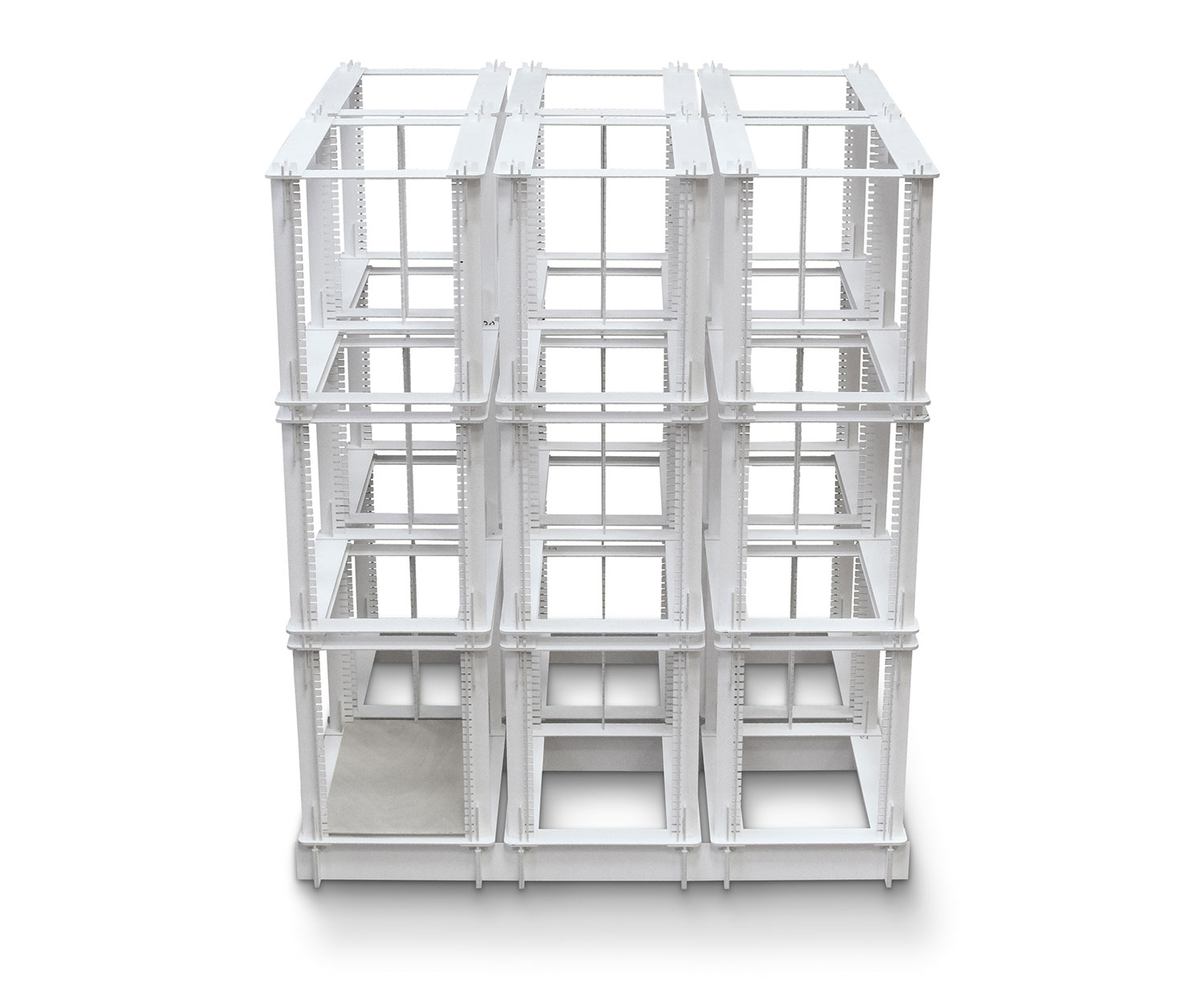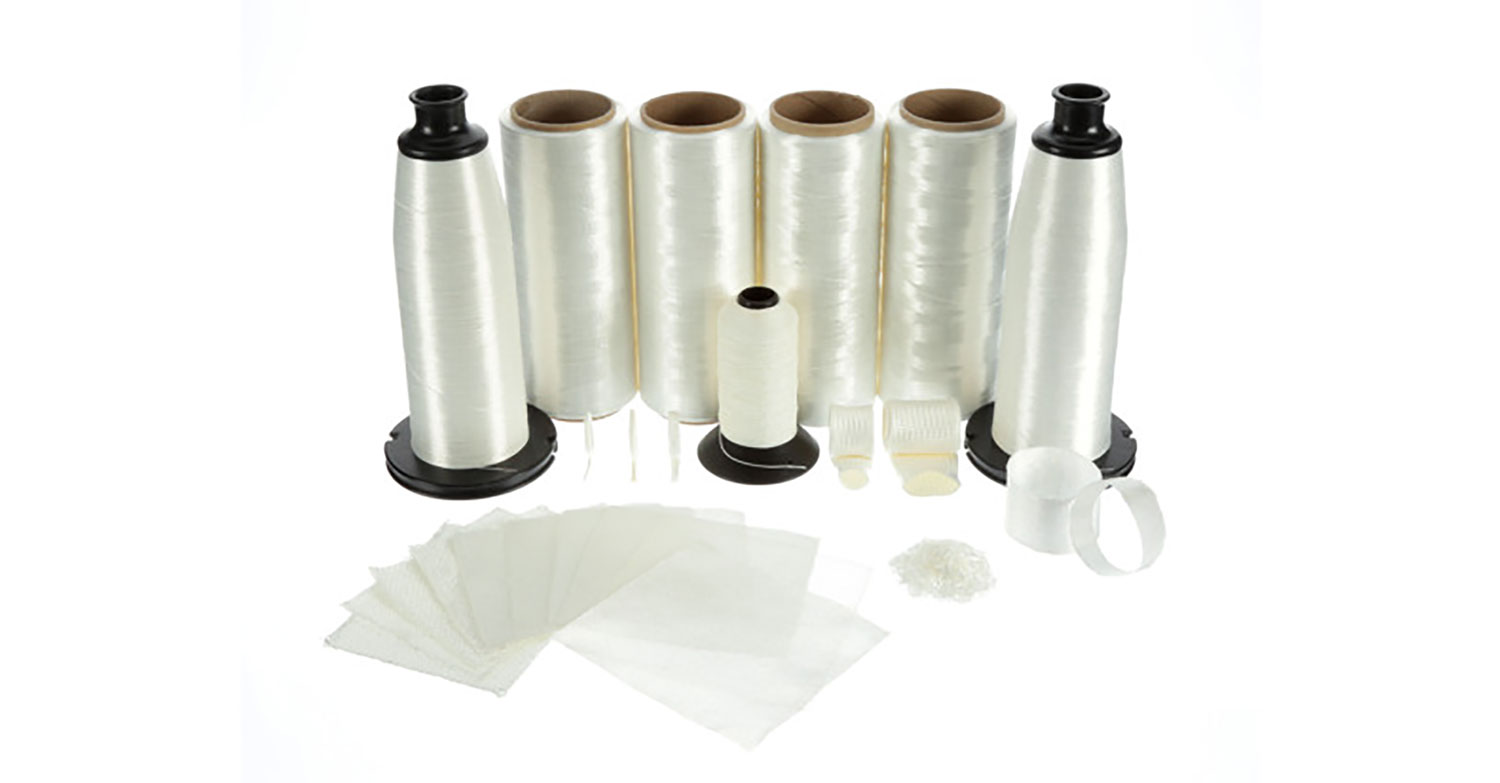Alumina ceramic fibers
The material for high temperature applications
Aluminum oxide ceramic fibers play a special role in technical ceramics. They were originally developed for NASA’s space program and designed to withstand the highest thermal, mechanical, and electrical requirements - in space as well as in numerous terrestrial applications.
Developed for aerospace
The development of 3MTM NextelTM ceramic fibers goes back to NASA's Apollo program in the 1960’s. These versatile materials have been used to protect space shuttles from the heat of re-entering Earth's atmosphere. The ceramic fibers are still used today, among other things, to protect the International Space Station. But this technology is not only in demand in space. Ceramic fibers are also used for a variety of terrestrial applications.

Typical applications
Aerospace & Aviation
Alumina ceramic fibers can be found on almost every commercial aircraft in the world. The reason: The ceramic textiles withstand extremely high temperatures and are extremely durable. At the same time, they’re flexible and light, and meet high fire protection requirements in aircraft. They’re also used as structural reinforcement in modern metal, polymer, and oxide ceramic (CMC) composites for structural applications.
Products made from these ceramic fibers have long been used in spacecraft as heat shields and for impact protection - in applications ranging from door seals, gaskets and gap fillers to tiles for the space shuttle. For example, blankets sewn from Nextel fabrics protect the Delta II rocket engine from the exhaust plume of the solid boosters, and Whipple shields made from Nextel fabrics protect the International Space Station and satellites from impacts from micrometeorites and space debris.
Thermal management & heat protection
In addition, these ceramic fibers are also used in a variety of high temperature sealing and heat protection applications, such as door seals, rotary kiln gaskets and furnace linings. They meet the most stringent thermal, mechanical, and electrical performance requirements, exceeding the limits of traditional high-temperature textiles such as aramid, carbon, quartz, and glass. They’re also oxidation resistant, chemically inert, lightweight, flexible, flame retardant, and electrically insulating at high temperatures.
Furnace linings
Ceramic fibers prevent erosion of ceramic fiber modules. This helps reduce dust that can contaminate products and be a problem for nearby operators and personnel. Reducing erosion of insulation structures can also help reduce maintenance costs and time.
Modern composites
Ceramic fibers make a significant contribution to the development and series production of innovative Ceramic Matrix Composites (CMC) with outstanding properties. They have the highest breaking strength even under high thermal and mechanical loads and are therefore clearly superior to monolithic ceramics. CMC can also be used to implement demanding special applications up to and including ceramic sheet.

Outstanding properties of the aluminum oxide fibers
Thermo-mechanical properties
The aluminum oxide ceramic fibers have very good strength and flexibility even under the highest temperature stresses.
Electrical properties
The high electrical resistance of ceramic fibers at high temperatures makes them an excellent choice for high temperature electrical insulation applications.
Low shrinkage
The ceramic fibers have very low shrinkage and thus offer excellent dimensional stability.
Not hygroscopic
Due to their special surface structure, the ceramic fibers are not hygroscopic: if they are exposed to 100% humidity for two hours, they only increase by 0.08% of their original weight.
Additional advantages
There are also several other positive properties that make this material perfect for many high-tech applications. Other outstanding properties of ceramic fibers include their fire resistance, their chemical resistance and their resistance to abrasion and impact.
Production and processing of ceramic fibers
Production of ceramic fibers
Ceramic fibers are manufactured from continuous polycrystalline alumina fibers using sol-gel processes. Their main advantages include excellent dimensional stability, excellent thermal shock resistance, low thermal conductivity, and non-hygroscopic properties, allowing them to meet the highest thermal, mechanical, and electrical performance requirements. They retain their flexibility even at continuous temperatures of up to 1,370 °C.
Diverse processing options
Due to the continuous form, high strength and flexibility of the alumina fibers, the ceramic fibers can be processed with conventional textile processes and used in the form of rovings, yarns, sewing threads, fabrics, tapes, and braided sleeves in industrial production - from petrochemical to aerospace to development of continuous fiber reinforced composites.


